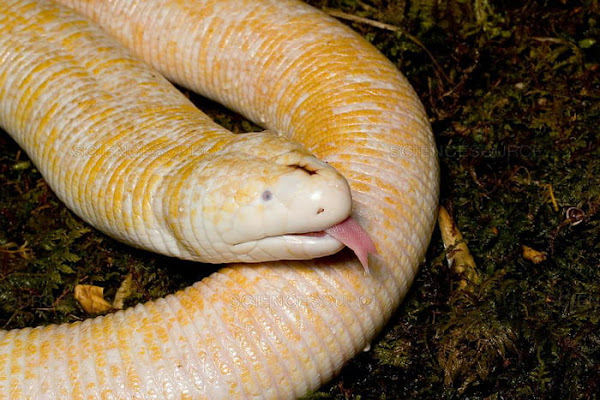View 26 Fossorial Snakes - Fossorial Wikipedia is a free online encyclopedia. Ground squirrel from the Cape A fossorial (from Latin fossor 'digger') animal is one that lives mostly, but not exclusively, underground. Badgers, naked mole-rats, clams, meerkats, and mole salamanders are a few examples, as are numerous beetles, wasps, and bees. A very little snake is included in the package. Snake with a line. The Lined Snake is a tiny fossorial snake, with adults ranging in length from 8 to 12 inches (20.3-30.5 cm). Gray is the color of the backdrop. 'Heterodon Platirhinos', an Eastern Hognose black snake. This Eastern Hognose snake is flattening its head and acting theatrical.
Overall, snakes and lizards differ in their level of specialization. Fossorial snakes are highly specialized among snakes, making them more sensitive to environmental change and prone to extinction. Although both lineages include small to moderately sized invertebrate predators, xylophiines are small-headed, small-eyed, fossorial, relative generalist or opportunistic predators (kumar and kannan 2017) restricted to the southern part of Peninsular India's western ghats, whereas pareines are relatively larger-headed (head greater in size).
Pine snakes, which are mostly fossorial, spend portions of their lives in subterranean shelters such as stump holes, rat burrows, root channels, or gopher tortoise tunnels. The current situation. The species is deemed threatened after more than a century of habitat loss owing to conversion of xeric highland ecosystems. Since Toft's review, which indicated that food is the most partitioned resource in 56.8 percent of studies, pine snakes have not been plentiful in any specific titioning in snakes. We'll integrate data from other resource dimensions to see if nutrition is the most significant resource dimension in this fossorial snake assemblage. Resource partitioning may or may not be a result.












